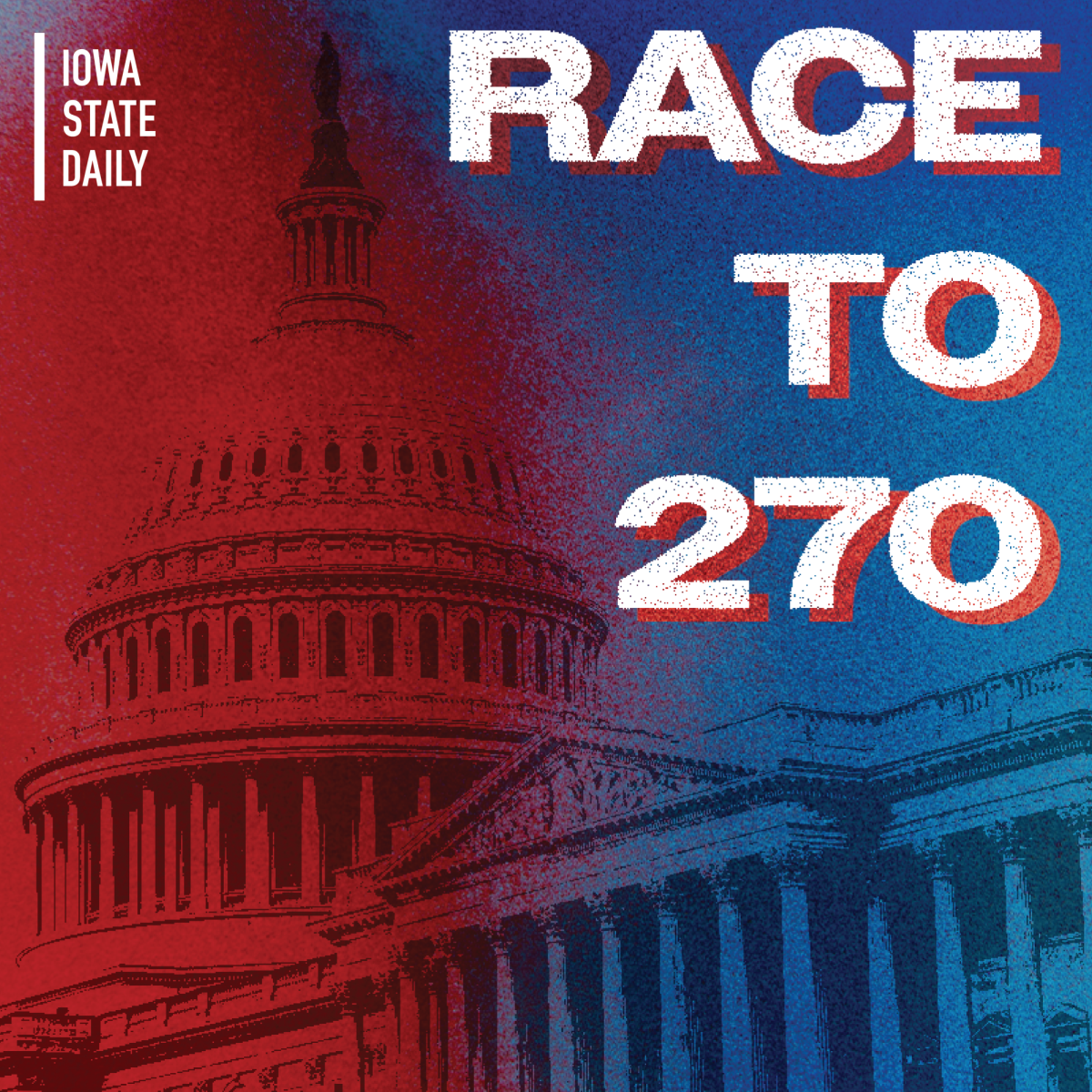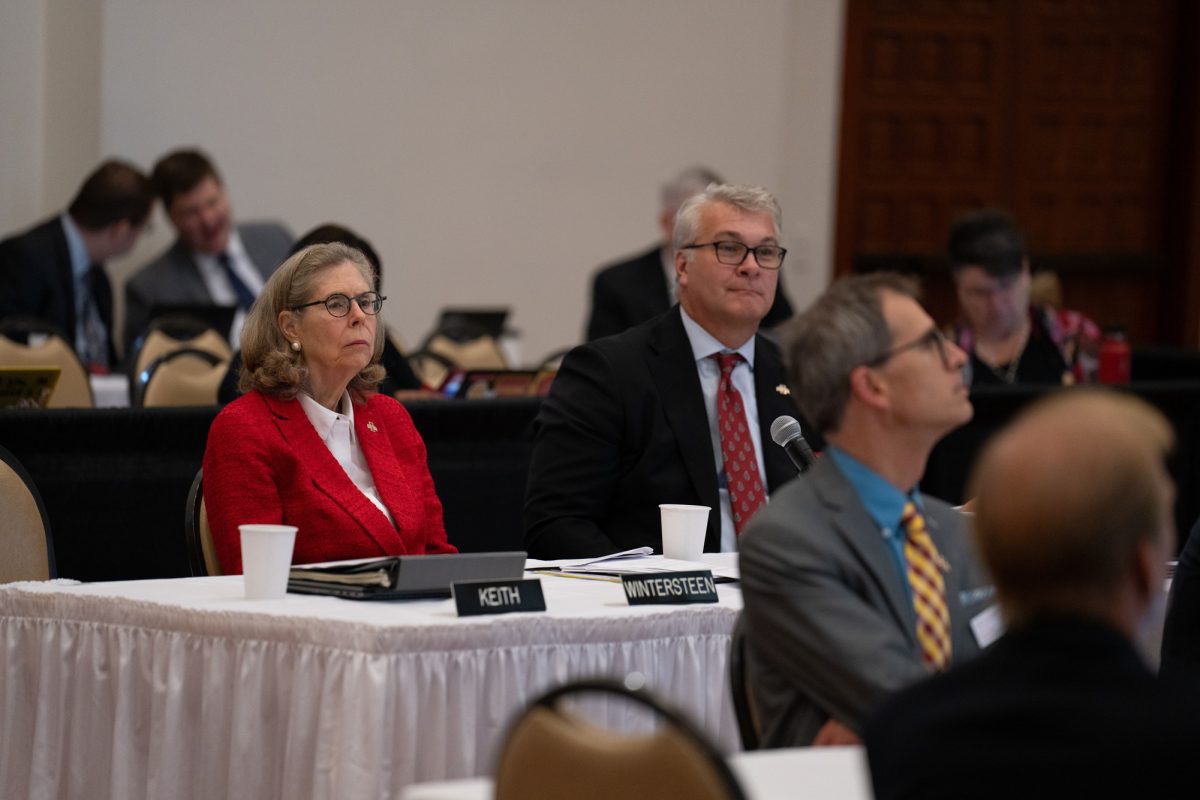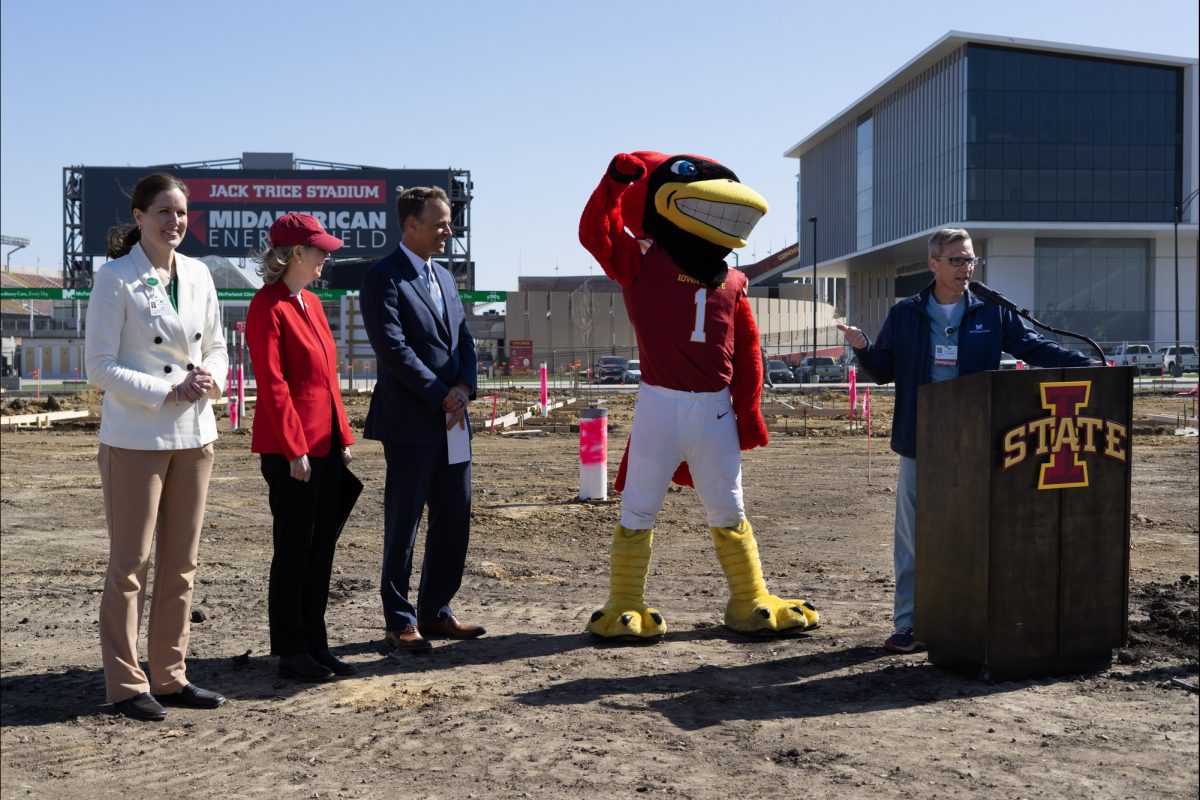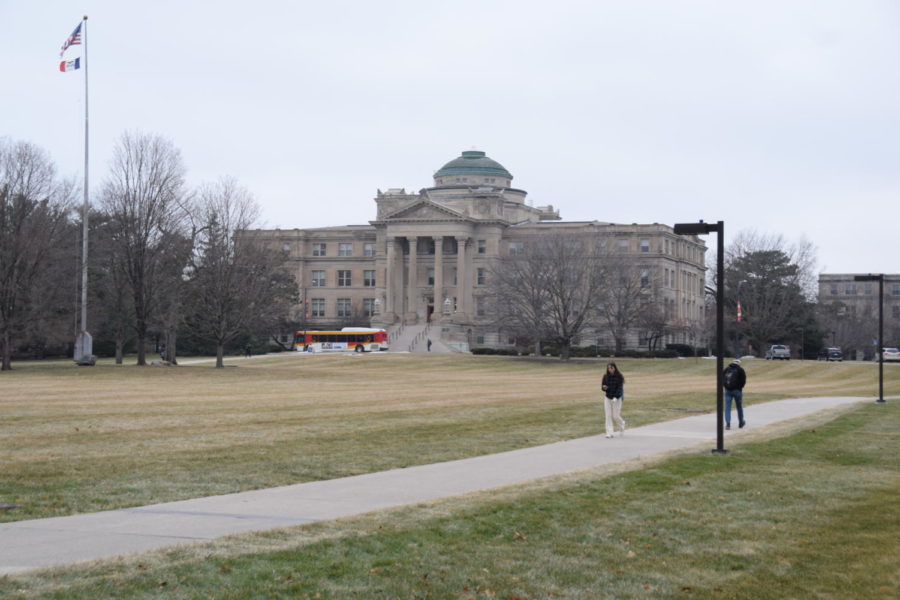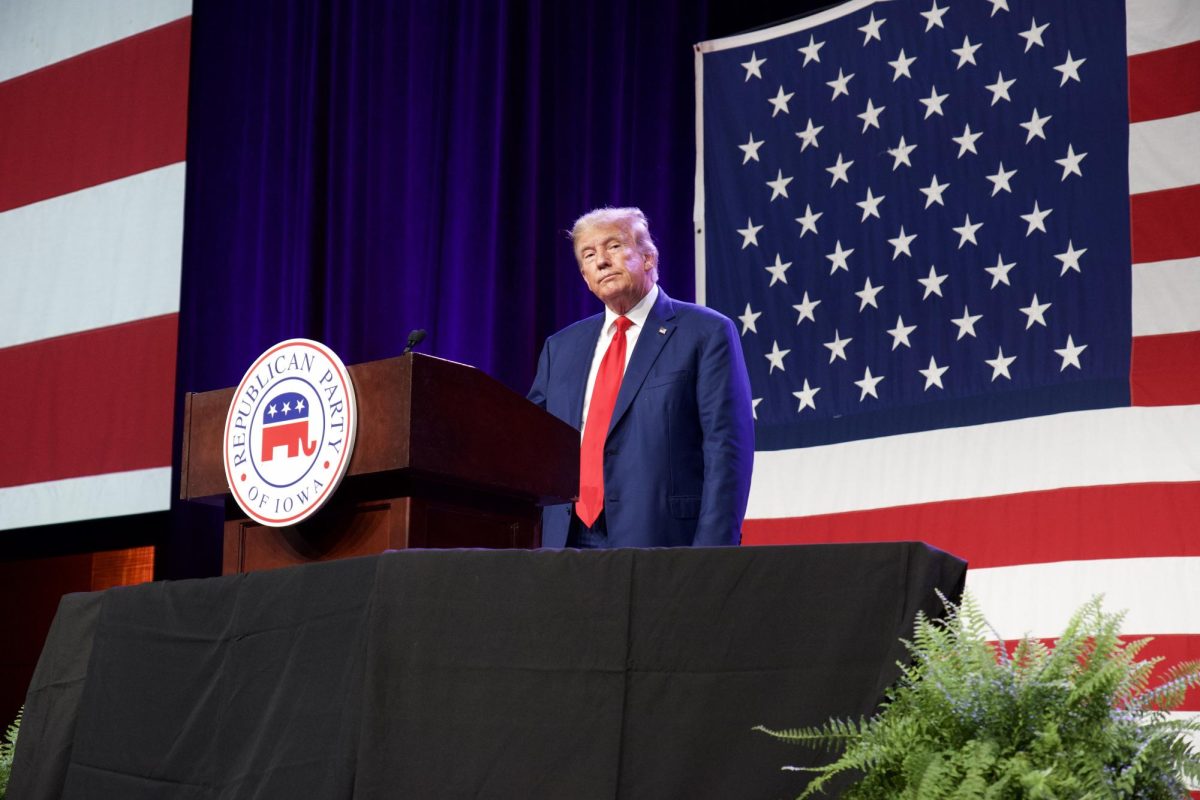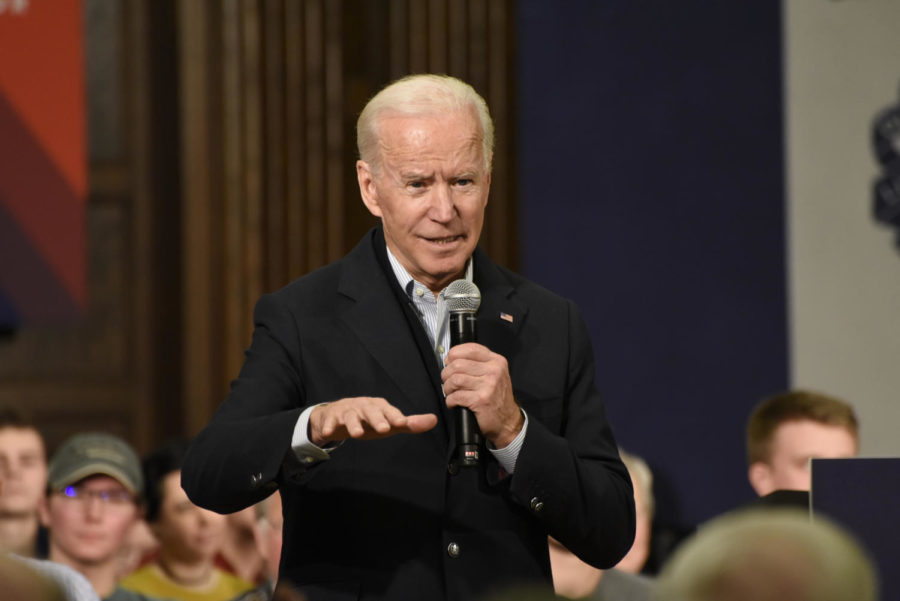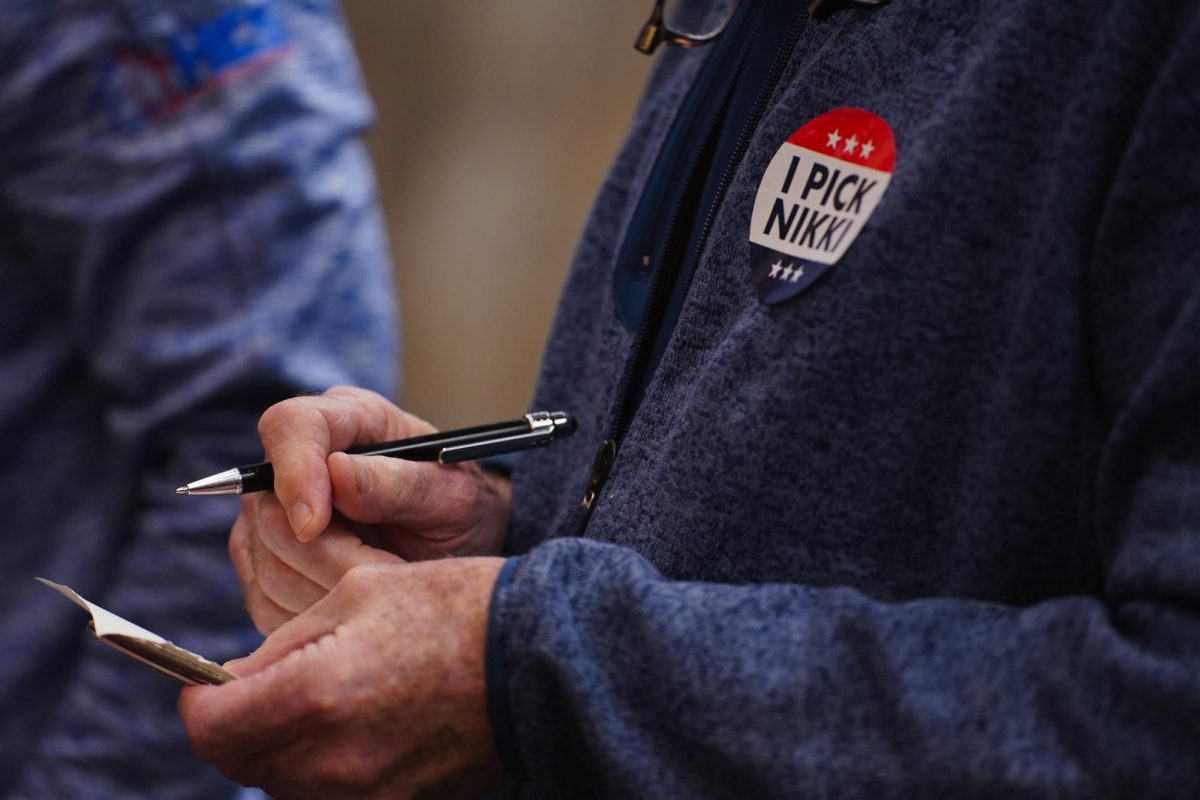Political polling provides insights into the candidate preferences within certain voter groups in a state, such as what race, gender, social class or educational status is voting for what candidate or political party. Polling is typically conducted through a survey, phone calls, text messages or online.
According to the latest polling as of Tuesday, Vice President Kamala Harris has a 0.9% lead over former President Donald Trump.
“I studied political behavior, I studied why people think what they think, and surveys are the main tool that we use for that,” Dave Peterson, a professor of political science, said. “When I started running surveys, it was really expensive. In the last 10 years, in particular, it has become much more feasible to run them on a budget.”
According to the History Channel, the first U.S. presidential polling was used in 1936 using modern statistical methods, but the first known presidential straw polls date all the way back to 1824.
“Polls have been around a long time, and the science of polling has been around since the 1930s,” Peterson said. “The problem we always run into is how do you get a sample of people who are representative of the population you are interested in. We used to do that by calling people. That used to work back when people answered the phone. As phone technology has expanded, it has gotten harder to do so, and surveys have gotten muddier, less effective and not doing what we want them to do.”
In January, four undergraduate political science students in Iowa State’s College of Liberal Arts and Sciences studied surveys from over 1,000 registered Republican Iowan voters.
According to LAS News, the students were tasked with creating questions, attempting to gauge voters’ current opinions of the 2024 Republican presidential candidates and track the poll’s data through a coding software called R, a robust yet sometimes confusing computer language.
“Part of the problem with political polling is we don’t know the answer till election day,” Peterson said. “We try to get a sample of the target population. The target population is the people who show up and vote. It’s not all people in the state of Iowa, it is those who vote.”
According to a previous article from The Daily, out-of-state students at Iowa State represent 46% of the student population. Yet, those from Iowa who register must be a U.S. citizen, an Iowa resident and 18 years old on or before election day.
Some students at Iowa State care deeply about their political views and closely follow the predictions of the polls for presidential candidate winners in Iowa and nationally. Others will vote and not think about it again, or some may not even take the time to submit a ballot.
“I didn’t know much about voting, to be honest, and I never really paid attention to the polls,” Riley Peterson, a junior in psychology, said. “I learned most of my political beliefs and views in high school when I had to take economics. I submitted an absentee ballot, but won’t really pay attention to the polls because everyone is entitled to their own opinion.”
For most Iowa State students, it is their first time voting for a presidential candidate.
“I come from a very small town in southern Illinois, so when I filled out my absentee ballot, there weren’t even Democratic candidates for a majority of our government spots,” Madelyn Rupert, a junior in elementary education, said. “It was interesting viewing the prediction of the polls on the news and such for Senate and Governor in Iowa because we don’t have tight races like this. Or I guess we don’t even have the option for a race.”
Election day will be held Nov. 5 and Iowa offers same-day voter registration on election day.
According to previous reporting by the Daily, registering takes about five minutes on the Iowa DOT website, where questions include date of birth, address, party affiliation and ID. Valid forms of ID include:
- Iowa Voter Identification Card
- Iowa Driver’s License
- Iowa Non-Operator ID
- U.S. Military ID or Veteran ID
- U.S. Passport
- Tribal ID Card/Document
For more information on how to vote, visit the Iowa Secretary of State website.


